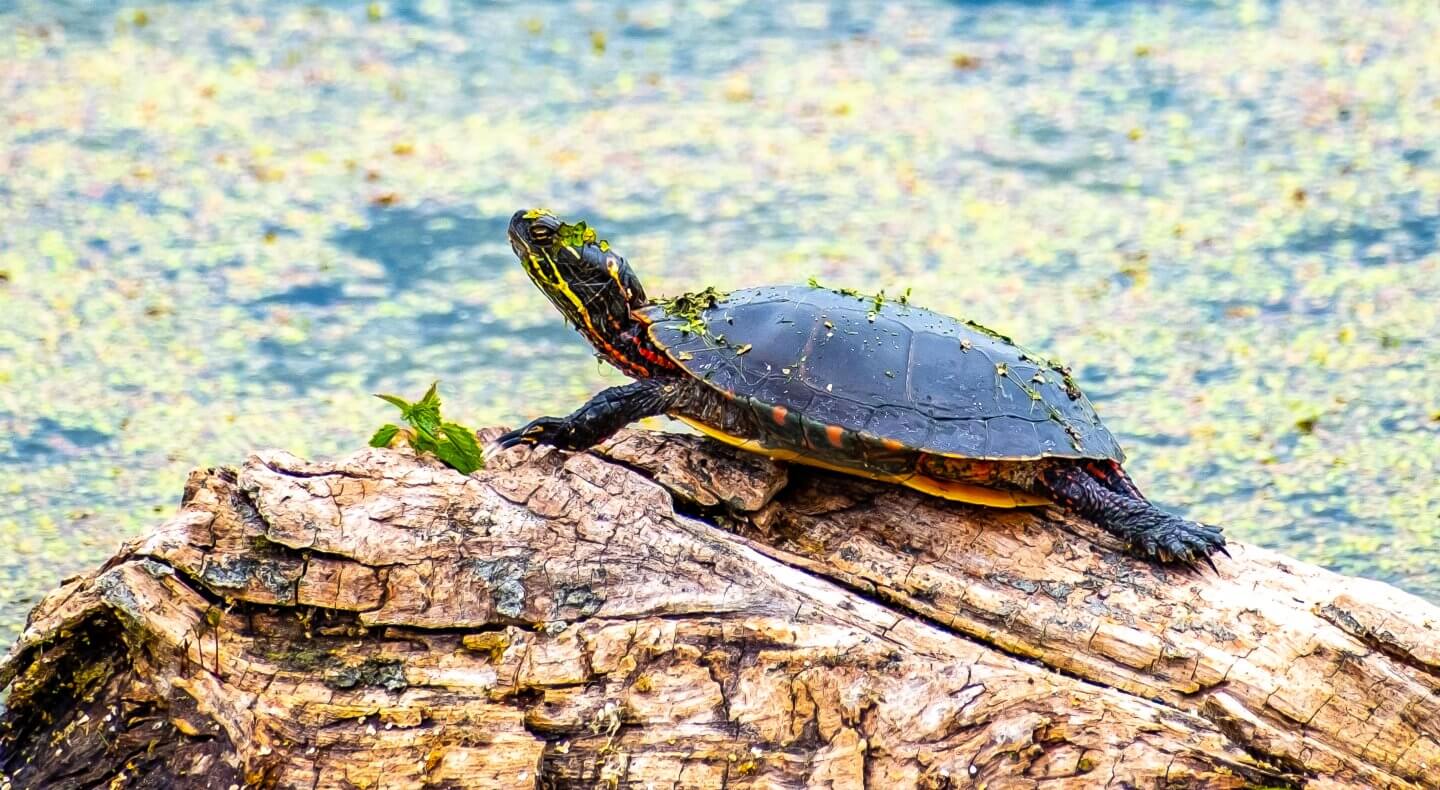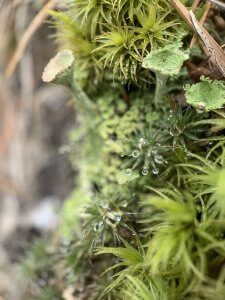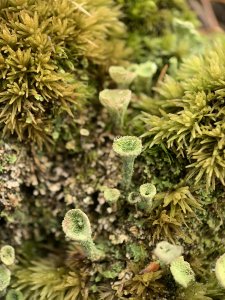Field Notes
Brake for Turtles
May 2, 2023As temperatures rise in the spring, wildlife begins to emerge from hibernation. You may have noticed turtles crossing roads during this time and wondered, why do they put themselves in danger?
The main reason is that turtles have not evolved to recognize roads and cars as threats. Driven by primal instincts such as hunger and reproduction, they will cross roads to find food, a mate, or a suitable nesting place. Unfortunately, female turtles searching for nesting sites are most affected – which is troublesome because it eliminates the individual turtle and their potential offspring for that year and all future generations that the turtle could produce. This is especially concerning since even common species like the Painted Turtle require up to 10 years to mature. Consequently, it’s crucial to watch out for turtles and drive carefully to protect them.
The Painted Turtle is the most common and well-recognized species in our region, with nine other species also calling our state home. Some species, like the once-common Wood and Eastern Box Turtles, are facing rapid population declines due to habitat loss, vehicle collisions, and poaching – making the land and habitat protection work we do together even more important.
Thank you for your continued support, and please keep an eye out for our slow-moving reptilian friends as they start to emerge this spring.
(photo by: Travis Gelinas)
Categorised in: Field Notes


